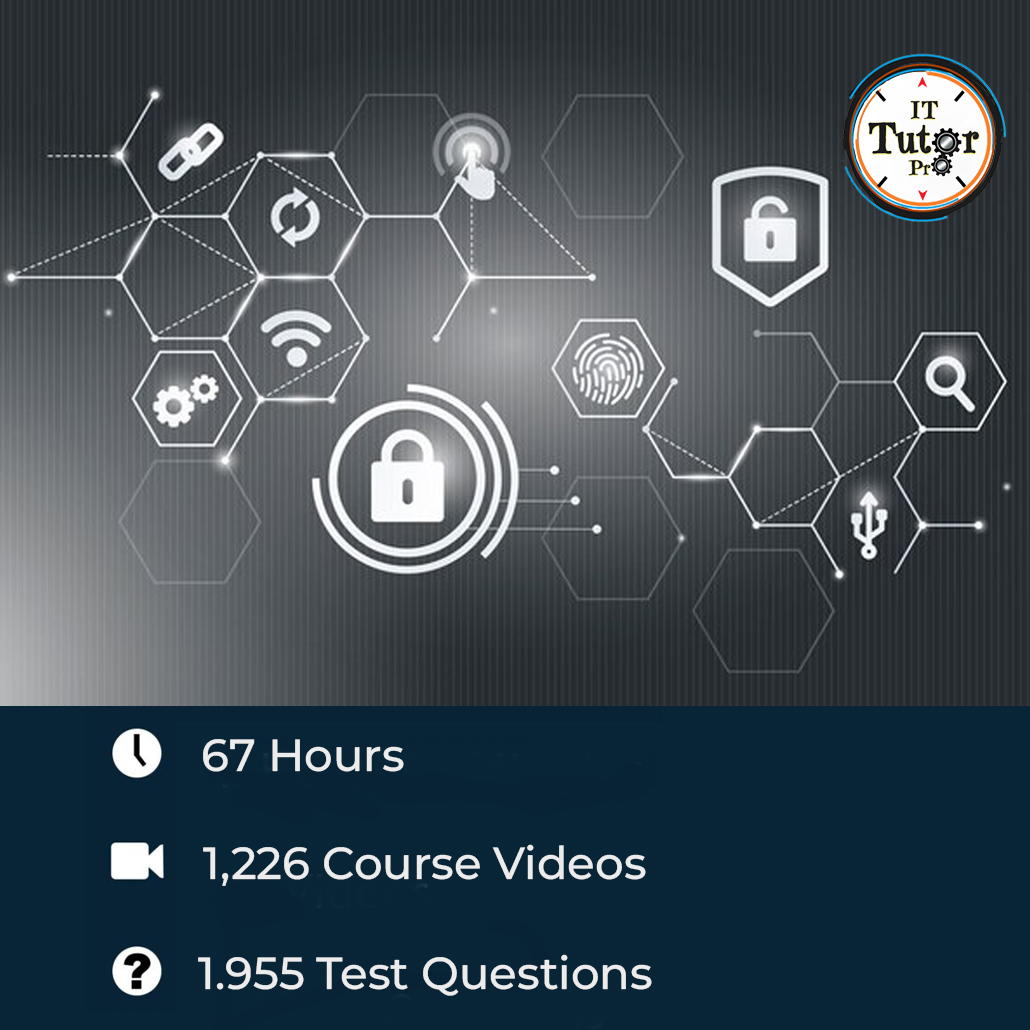Description
CompTIA Cybersecurity Analyst (CySA+)
Cybersecurity certification is one of the hottest IT-related certifications. The CompTIA Cybersecurity Analyst, also known as CompTIA CySA+, is a CompTIA certification. CySA+ is focused on the knowledge and skills required to perform the following:
- Configure and use threat-detection tools
- Perform data analysis
- Interpreting the results
Securing an organization’s applications and systems is the primary goal of a Cybersecurity Analyst.
The CompTIA CySA+ is a vendor-neutral certification. A student normally has three to four years of experience in a related field as well as a Security+ or equivalent knowledge. In this regard, the CompTIA CySA+ lies between the CompTIA Security+ and CompTIA Advanced Security Practitioner (CASP) exams. It is an excellent go-between to tackle before diving into the CASP, but when the CompTIA Security+ isn’t enough.
Cybersecurity certification is an ongoing requirement for government agencies. CompTIA developed the CySA+ with a focus on meeting government requirements for certifying IT workers or contractors. With a Cybersecurity certification, you demonstrate an understanding of security best practices and protocols beyond what the Security+ certification provides. You will establish a level of expertise beyond basic security practices typically followed when using a computer.
This allows any employee to prove a better understanding of enterprise security practices, and the necessary tools needed to protect a company network. The modules of this course align with the official objectives of the certification. The course expands past the scope of the certification. It also provides real-life examples and lead-ins to direct further study. This will give students an easier understanding of the material for the certification as well as a basic understanding to apply to real-life applications.
We encourage you to visit the CompTIA website for full details on the CySA+ certification and exam code CS0-001.






















Reviews
There are no reviews yet.